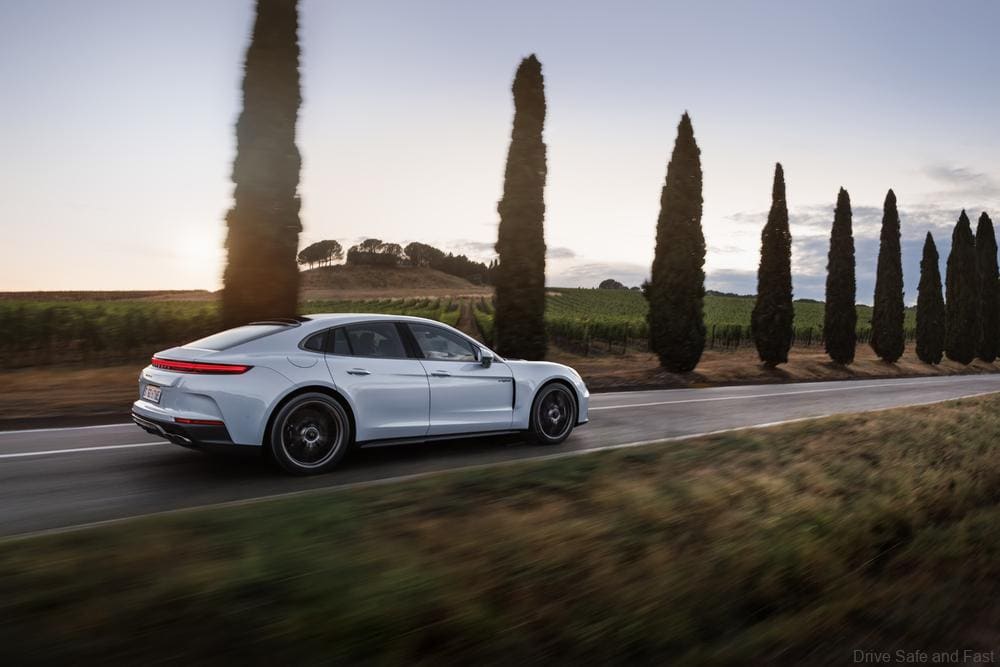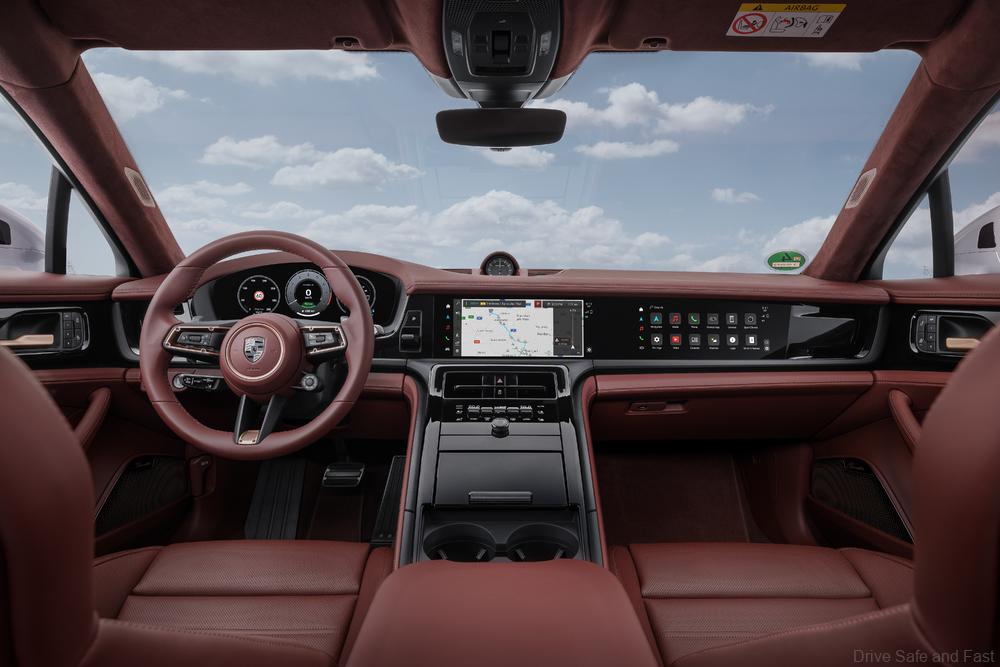The Porsche Panamera GTS & Panamera Turbo S E-Hybrid are the fastest & most agile variants ever.
Late last year, we got the 3rd generation Porsche Panamera model. As with any new generation Porsche, the range of variants available were not shown all at once. Today, the company shows two new variants – the Porsche Panamera GTS and the Porsche Panamera Turbo S E-Hybrid which both feature the latest iteration of the 4.0-litre biturbo V8 engine.

About The Porsche Panamera Turbo S E-Hybrid
The Panamera Turbo S E-Hybrid is now the fastest, most powerful and more luxurious variant, supplanting the existing Turbo E-Hybrid variant that was debuted at launch as the flagship in the range. Porsche even set a new record at the Nürburgring Nordschleife with this model to prove it’s officially the fastest ICE/Hybrid luxury sedan on the market.

Performance
The Porsche Panamera Turbo S E-Hybrid has a total system output of 782PS and 1000Nm of torque, allowing it to sprint to 100km/h from a standstill in 2.9 seconds and go on to 325km/h. That’s truly impressive given that it’s also capable of carrying four adults in style and comfort. The high voltage battery has a capacity of 25.9kWh, enabling an all-electric range of 88km (WLTP) with high recuperation (88kW) and 11kW AC charging capability enabling the car to be charged at home in 2 hours and 39 minutes.

The model features the following parts to enhance its performance:
- new Carbon Aerokit
- can be optioned in on other Panamera Turbo variants
- consists of airblades, side skirts, rear diffuser, front spoiler lip, adaptive 4-way rear spoiler with Gurney flap
- UHP Michelin Pilot Sport Cup 2 tyres
- 275/35 ZR 21 at the front and 325/30 ZR 21 at the rear
- Specially developed for the Panamera
- N0 marking
- Porsche Active Ride suspension
- electrically-operated hydraulic pump for each shock absorber
- Rear-Axle Steering
- Porsche Ceramic Composite Brakes
- 440mm discs in front
- 380mm brakes at the rear

Visuals & Equipment
The Porsche Taycan Turbo S E-Hybrid comes with a distinctive rear bumper and front end in body colour. The tailpipes are plated in Dark Bronze. The brake calipers can be optioned in yellow or acid green. The Turbonite option for badges and trim is available. This variant also comes with 21″ centre-lock wheels.

The Turbonite option extends to the interior with the same colour applied as contrast stitching. The roof lining here is a suede-like Race-Tex material. This variant also comes with the Bose® sound system. There is an Executive variant of the Porsche Panamera Turbo S E-Hybrid with a long wheelbase offered in some markets.

About The Porsche Panamera GTS
Porsche is calling this new Panamera Gran Turismo Sport (GTS) model the most agile variant of their sedan ever. It only offered in the standard wheelbase and its chassis is tuned for high performance with a SportDesign package and an upgraded V8 biturbo engine producing 500PS enabling a 0-100km/h time of 3.8 seconds and a top speed of 302km/h. The sports exhaust system of the Panamera GTS is unique for its own signature soundscape.

This model also gets a standard dual-chamber two-valve air suspension system including PASM with a sporty tune and its body is lowered by 10mm. It also gets reinforced anti-roll bars and a lower basic spring rate. There’s an electronically-controlled Porsche Torque Vectoring Plus differential too.

In terms of styling, the Porsche Panamera GTS is distinguished by its black GTS logos on the sides nand rear, a unique front section with dark-tinted HD matrix LED headlights and taillights, red brake calipers, satin matte black body trim elements (side skirts, insets, trim pieces and rear bumper).

The Dark Bronze tailpipes are included here and the GTS also gets 21″ Turbo S centre-lock wheels in Anthracite Grey.

Inside, the Panamera GTS uses plenty of Race-Tex on the roof lining, armrests, door panels, and centre panels of the sports seats. The interior can be optioned in Carmine Red or Slate Grey Neo with Carbon matt avaialble too. A Bose® sound system and the Sport Chrono package with a stopwatch and the push-to-pass function.
